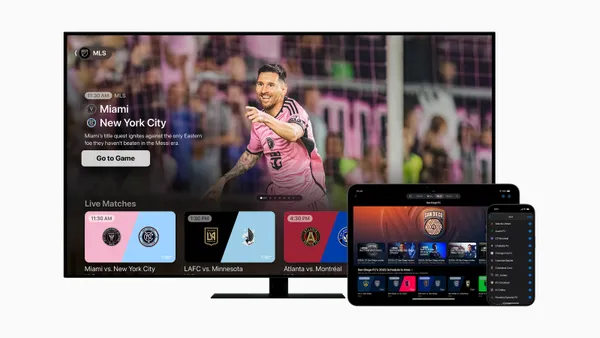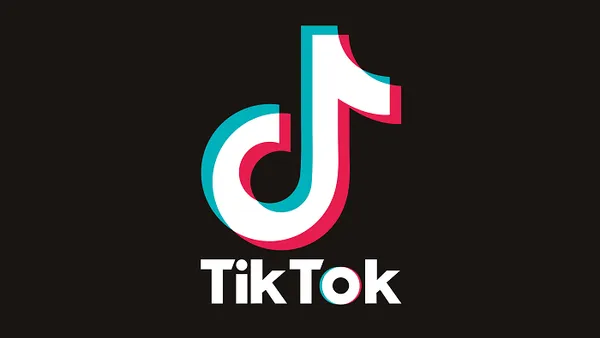Dive Brief:
- New research by Google has found that 53% of mobile website visitors will leave if a webpage doesn’t load within three seconds.
- The average load time for sites is 19 seconds on a 3G connection and 14 seconds on a 4G connection.
- The report, “The Need for Mobile Speed," found that mobile sites that loaded within five seconds performed much better than those that took 19 seconds to load: Sites that loaded within 5 seconds boast 25% higher ad viewability, 70% longer average sessions, and a 35% lower bounce rate.
Dive Insight:
The latest research from Google underscores the importance of having a mobile-friendly website. As consumers continue to spend more time on mobile devices, mobile page load speeds are critical to a good user experience. Over 50% of mobile users abandoning sites that take longer than three seconds to load, but most web pages take a lot longer to load, creating a significant gap between consumers' expectations and most businesses' mobile capabilities.
Part of the problem lies with ads on mobile. Mobile ads take an average of five seconds to load — about double the time it takes for desktop ads, according to research by the Media Ratings Council. Research from Adobe also found that 80% of marketers don’t have a mobile strategy in place for the next year — a serious point of concern considering that mobile devices now make up 57% of all time spent on digital media, according to comScore.
"Mobile is critical — Google has finally noted that more than half of searches are conducted on mobile, and this will only go up as computing becomes even more ubiquitous," Noah Jessop, head of data for Liquid PCH, told Marketing Dive earlier this year. "The shift to mobile is only going to increase — and unprepared marketers will be left trying to catch up."
Google has been attacking the problem of slow-loading mobile sites through its AMP initiative. Officially launched earlier this year, the project aims to cut mobile page load times to less than a second. While initially focused on publishers, the effort has expanded to include e-commerce and ad landing pages.














